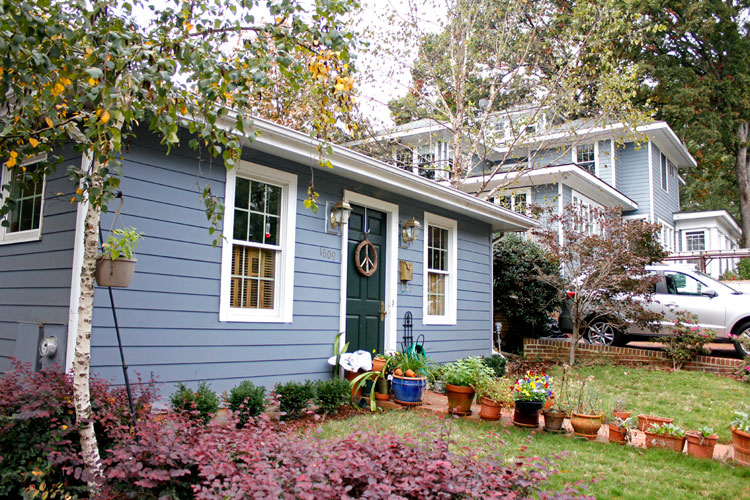By Zach Friend

Seniors are struggling to stay in the homes they own with an overall rising cost of living. Santa Cruz County is no exception.
There is no question that housing costs in Santa Cruz County are one of the biggest challenges facing our residents. It’s common to hear stories about people working multiple jobs to pay rent, seniors struggling to stay in their homes or kids and grandkids growing up here just to move away after high school or college to find less expensive housing.
We’ve also seen an increase in the number of vacation rentals and second homes limiting overall housing stock and putting additional price pressure on local residents.
There isn’t one simple solution to reducing housing costs. But one promising approach is to increase the number of accessory dwelling units (ADUs). The state (and many local communities) has been working to provide incentives for increased ADU construction.
Recently, the County of Santa Cruz released an interactive toolkit making it easier for homeowners to design, permit and construct accessory dwelling unit, which can be a more affordable housing option for Santa Cruz County families.
ADUs, sometimes called granny units or companion units, are one of the quickest and easiest ways to increase the affordable housing stock in our area. For parents looking to age in place in their homes, they can construct an ADU to live in while providing the main house to their family.
For people looking to obtain some income while renting a unit that is affordable by design (meaning the rents are generally lower than apartment complexes or condos of similar size) an ADU provides options that meet both of these needs.
The Board of Supervisors put in rules to prevent these ADUs from becoming short-term rentals (vacation rentals) so that these new units would really provide for a new long-term rental option for people in our community.
What does the new ADU toolkit provide?
Available at www.sccoplanning.com/ADU, the toolkit includes an overview of recently revised regulations designed to make it easier to build ADUs, a cost and cash flow estimator, guides and FAQs about design, construction and financing, and more. It also includes a mapping tool allowing property owners to instantaneously determine if their property can have an ADU and the maximum allowed size.
Financial assistance to build an ADU is available under two new programs. The County is making up to $40,000 available as a forgivable loan to applicants who agree to make their ADU affordable to those making up to 80 percent of area median income for a period of 20 years.
Through the “My House My Home” program , the County has also partnered with Habitat for Humanity Monterey Bay and Senior Network Services to assist low-income seniors interested in building ADUs to create extra income and remain in their homes.
The ADU toolkit is designed to give residents curious about ADUs easy answers to the County’s simplified and streamlined construction process. Under the new program, most residential lots in the unincorporated area with an existing single-family home are potentially eligible for an ADU.
The County has also created simplified, downloadable guides on ADU Basics, an ADU Design Guide, and an ADU Financing Guide. Collectively, the guides provide answers to many common questions without requiring a trip to the County’s Planning Department.
•••
As always, if you have questions please feel free to reach out to me at 454-2200.